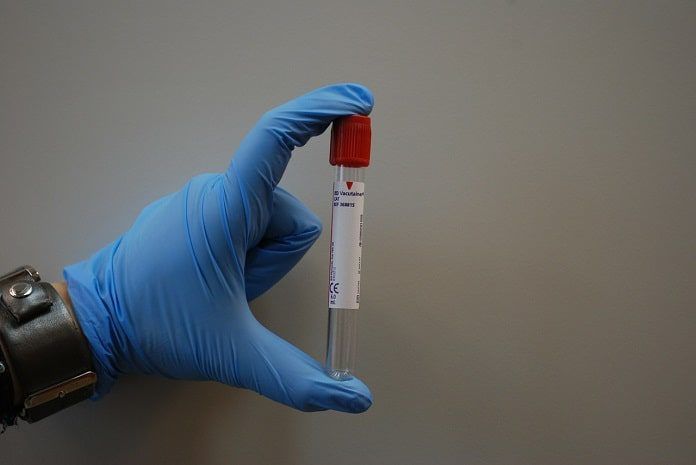Hospitals need to quickly figure out which patients with symptoms of a heart attack are really having a heart attack. A new blood test promises to speed up this process.
People who are having a heart attack need rapid medical treatment. However, not everyone with symptoms of a heart attack, such as chest pain, are truly having a heart attack. It is therefore important for doctors to be able to quickly determine which patients they need to treat. American researchers have recently tested a new type of blood test that promises to more quickly confirm if someone has had a heart attack. The results of their study were published in the journal Circulation.
A more sensitive blood test
The new blood test is an improved, higher sensitivity version of a test that has been used in the past. This blood test measures the amount of a protein called cardiac troponin T, or cTnT. This protein is normally found in heart muscle and is only released into the bloodstream when the heart is damaged. People with only low levels of cTnT in the blood are unlikely to have had a recent heart attack.
Previous versions of this test were not that sensitive, and could only measure cTnT after it had already been building up in the blood for several hours after a heart attack. The new, more sensitive, version can reliably detect smaller amounts of cTnT, so it should be possible to measure cTnT earlier on. However, this needed to be confirmed experimentally.
Testing in hospital patients
The researchers compared the new and old test in hospital patients with heart attack symptoms, such as chest pain or shortness of breath. They selected patients that had already had another test, called an ECG, but who had not tested positive for the most common, severe, type of heart attack. The majority of these patients probably had not had a real heart attack, but it needed to be ruled out conclusively. Altogether, they tested 536 potential heart attack patients.
Using the older cTnT test, it took three hours to reveal that 80% of the patients had not had a heart attack. In contrast, the new cTnT test was able to rule out a heart attack for 30% of the patients as soon as they were admitted to the emergency room. After an hour, they could rule out another 25% of patients. After three hours, they could rule out another 29%. This means that the new test ruled out a heart attack for a total of 84% of the tested patients, a greater number than the older test.
After follow-up studies, the researchers concluded that the new method did not miss any heart attacks. In other words, the new test did a better job at ruling out potential cases. Furthermore, it yielded faster results for many patients. In this case, almost a third of the tested patients could have been almost immediately reassured that they did not have a heart attack. With the older test, they would have had to wait three hours.
A method worth implementing in other hospitals
The researchers point out that this trial was limited to a single hospital. They recommend that other hospitals, with different patient populations and procedures for treating heart attacks, should consider running their own tests on this new method. However, this more rapid test is a promising way to improve health care for patients who may have had a heart attack.
Written by Bryan Hughes, PhD
Reference: Vigen R, Kutscher P, Fernandez F, Yu A, Bertulfo B, Hashim IA, Molberg K, Diercks DB, Metzger JC, Soto J, Alzubaidy D, Thibodeaux L, Joglar JA, de Lemos JA, Ras SR. Evaluation of a Novel Rule-Out MyocardialInfarction Protocol Incorporating High-Sensitivity Troponin T in a US Hospital. Circulation138:00-00 (2018). https://www.ahajournals.org/doi/abs/10.1161/CIRCULATIONAHA.118.033861



